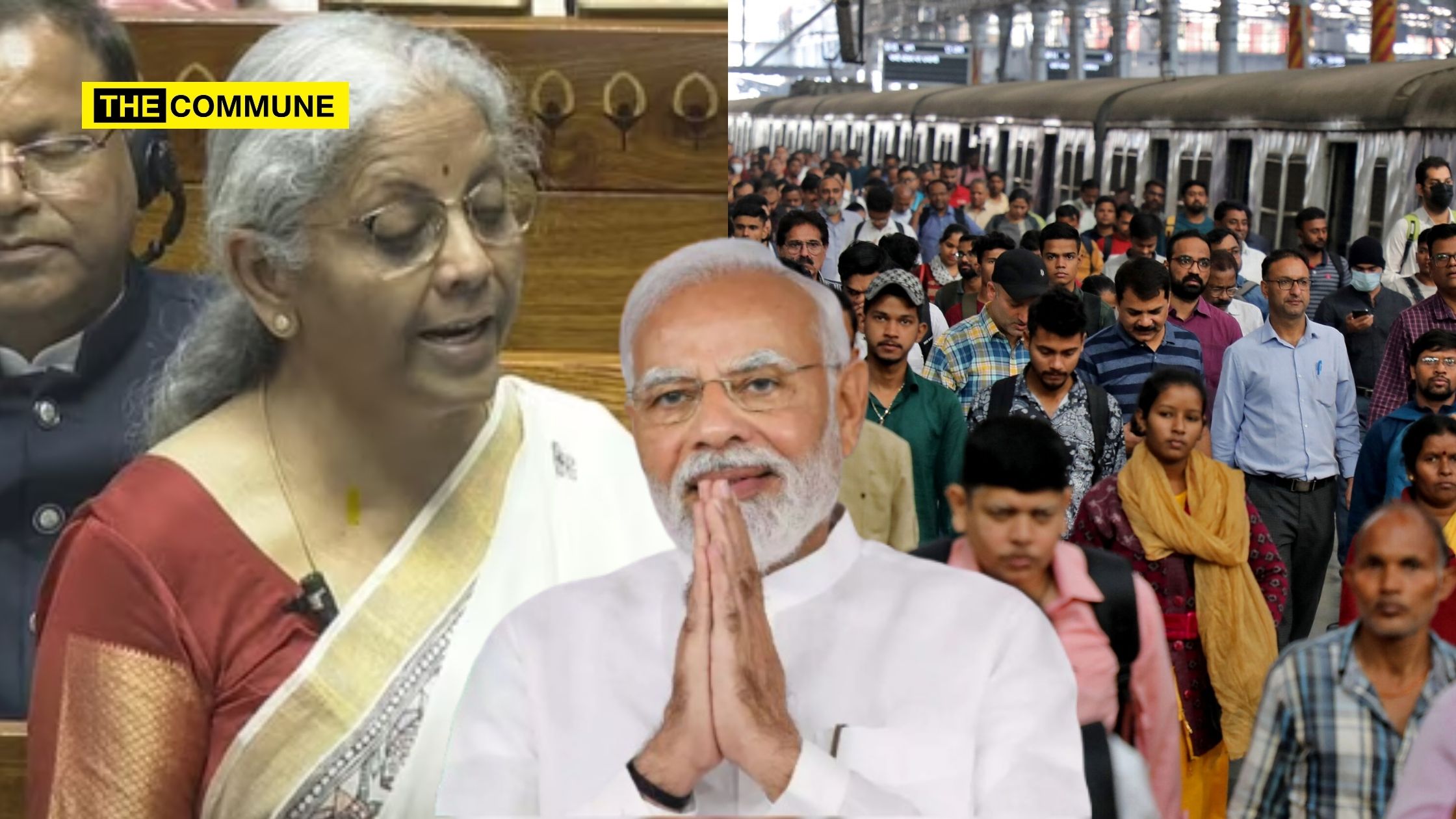
The Union Budget 2025-26 brings a host of measures aimed at tax relief, home ownership, employment, education, healthcare, and social security, all designed to benefit India’s growing middle class. Here’s a breakdown of the key highlights:
1. Income Tax Relief: Bigger Savings for Salaried & Middle-Class Families
The new tax regime has been significantly restructured, offering relief to salaried individuals and small taxpayers:
✅ No income tax for earnings up to ₹12 lakh (₹12.75 lakh for salaried individuals due to the standard deduction).
✅ Revised tax slabs under the new tax regime:
- ₹0 – ₹4 lakh → Nil tax
- ₹4 – ₹8 lakh → 5% (TDS only)
- ₹8 – ₹12 lakh → 10% (TDS only)
- ₹12 – ₹16 lakh → 15%
- ₹16 – ₹20 lakh → 20%
- ₹20 – ₹24 lakh → 25%
- Above ₹24 lakh → 30%
🔹 Increased rebate benefits, ensuring that individuals earning up to ₹12 lakh pay zero tax.
🔹 TDS burden reduced:
- Senior citizens’ interest income exemption raised from ₹50,000 to ₹1 lakh.
- TDS on rent threshold increased from ₹2.40 lakh to ₹6 lakh, benefiting small landlords.
2. Housing & Home Ownership: A Boost for Middle-Class Homebuyers
To support urban homebuyers, the government has launched:
🏠 SWAMIH Fund 2 (₹15,000 crore)
- Targets stalled housing projects, ensuring completion of nearly 1 lakh delayed homes.
🏠 Affordable & Mid-Income Housing Support
- Under SWAMIH Fund 1, an additional 40,000 housing units will be completed in 2025.
3. Employment & Entrepreneurship Support
Small businesses and entrepreneurs are set to gain from new credit schemes:
💼 MSME Credit Guarantee Scheme Expanded
- Loan limit for micro and small enterprises increased from ₹5 crore to ₹10 crore.
- ₹1.5 lakh crore additional credit available for MSMEs.
💳 Custom Credit Cards for Micro Enterprises
- ₹5 lakh credit limit for Udyam-registered micro-businesses.
🚚 Revamped PM SVANidhi Scheme
- ₹30,000 UPI-linked credit cards for street vendors to improve financial inclusion.
4. Education & Skill Development: Strengthening India’s Workforce
The budget focuses on improving education quality and skilling programs:
📚 50,000 Atal Tinkering Labs in government schools over five years.
📖 Bharatiya Bhasha Pustak Scheme
- Digital availability of Indian language books for schools and colleges.
🏫 Expansion of IITs
- More seats and infrastructure in five IITs established after 2014, including IIT Patna.
👩⚕️ 10,000 new medical seats to be added in 2025-26.
🏭 Five National Centres of Excellence for Skilling
- Industry partnerships to provide cutting-edge skill training.
5. Healthcare & Social Security: Better Access & Protection for Citizens
The government has prioritized affordable healthcare and social security measures:
🏥 Day Care Cancer Centres
- 200 district hospitals will be equipped with cancer treatment centers.
👷 Social Security for Gig Workers
- Identity cards and PM Jan Arogya Yojana healthcare benefits extended to nearly 1 crore gig workers in India.
6. Infrastructure & Connectivity: Transforming Urban Middle-Class Living
🚰 Jal Jeevan Mission Extended Until 2028
- Ensuring 100% potable water coverage in urban and rural areas.
🏙 Urban Challenge Fund (₹1 lakh crore)
- Focuses on affordable housing, clean cities, and urban transport.
✈ Expansion of Regional Air Connectivity (UDAN)
- 120 new destinations added to improve affordable domestic travel.
7. Support for Savings & Investments
📈 Higher Investment Limit for Sovereign & Pension Funds
- Extended until 2030 to promote long-term financial security.
🏡 Grameen Credit Score Framework
- New system to enhance credit access for rural middle-class families.
8. Digital & Financial Reforms
💳 Simplified KYC Norms
- Central KYC Registry introduced for faster financial transactions.
🏢 Faster Company Mergers & Business Approvals
- Reducing delays and encouraging ease of doing business.
🌍 Bilateral Investment Treaties Revamped
- Boosting foreign investments in startups and industries.
How the Budget Benefits the Middle Class
✅ Lower tax burden (zero tax up to ₹12 lakh).
✅ Better access to homeownership (SWAMIH Fund for stalled projects).
✅ Higher employment opportunities (expanded MSME credit & entrepreneurship support).
✅ Stronger education system (IIT expansions, Atal Labs, medical seats).
✅ Improved healthcare access (Day Care Cancer Centres, gig worker security).
✅ Better urban infrastructure (Jal Jeevan Mission, air connectivity, clean cities).
The Union Budget 2025-26 focuses on economic empowerment, job creation, and better living conditions for India’s middle class. By increasing disposable income, supporting homeownership, and enhancing skill development, these reforms aim to create a financially secure and upwardly mobile middle class.




